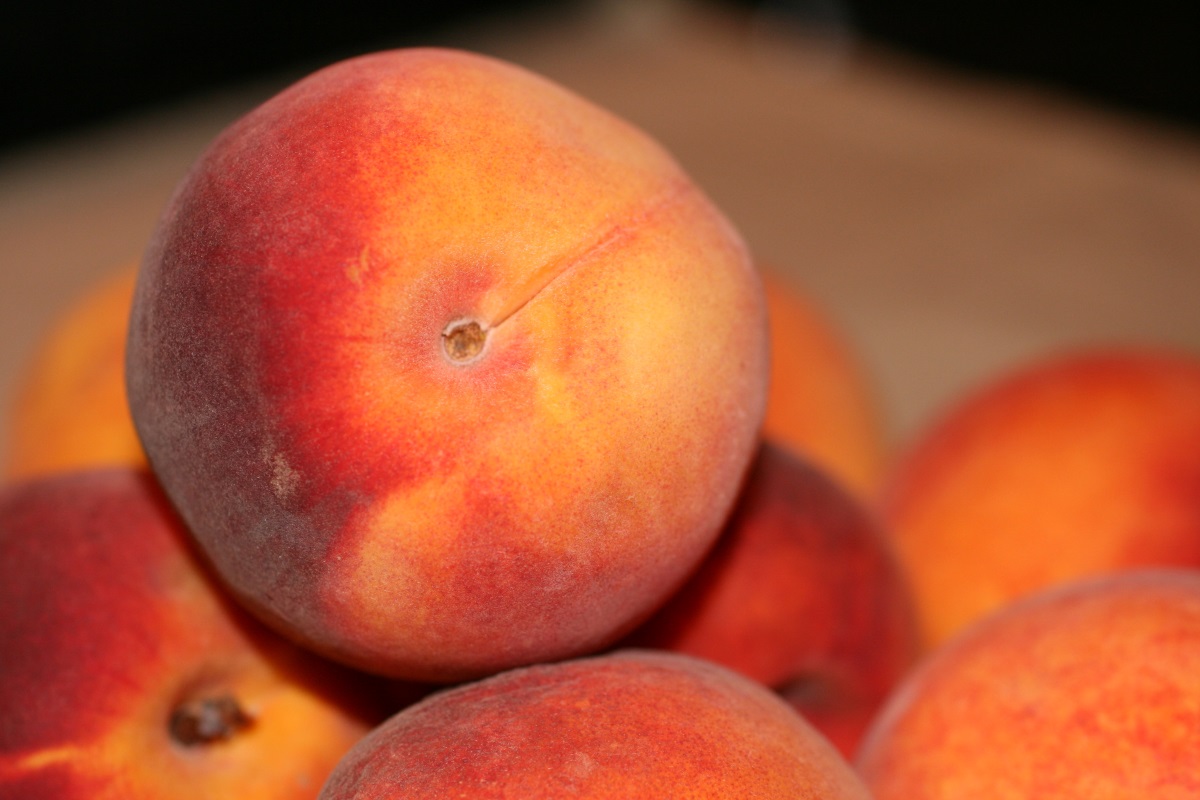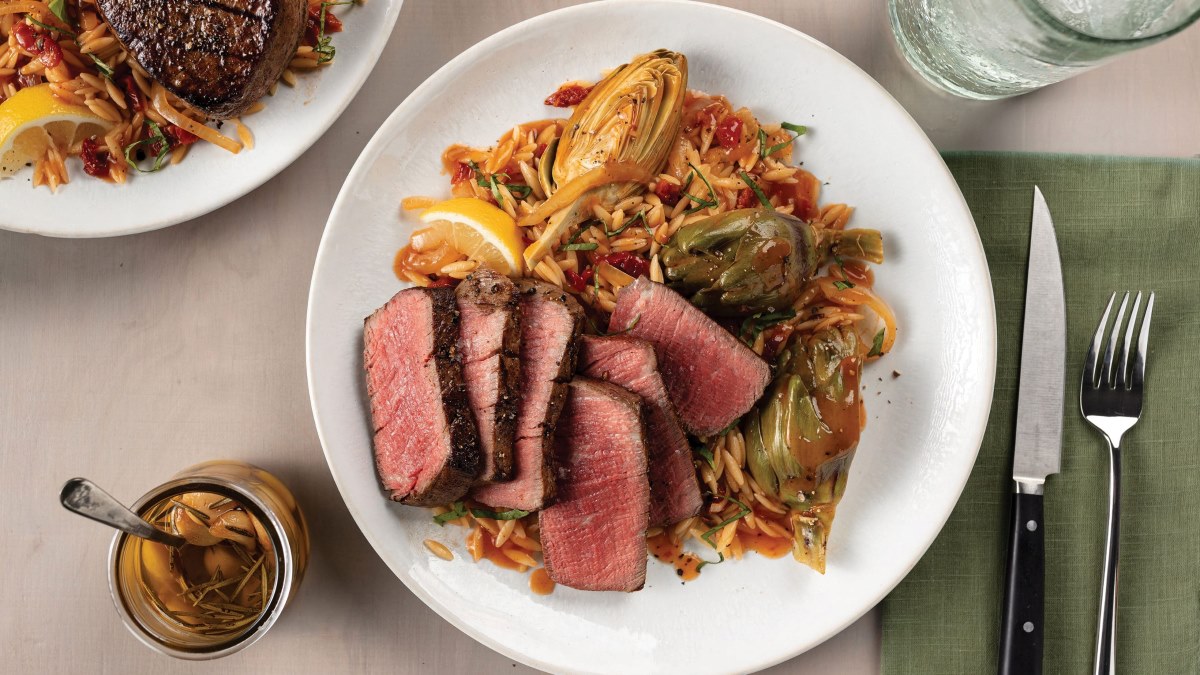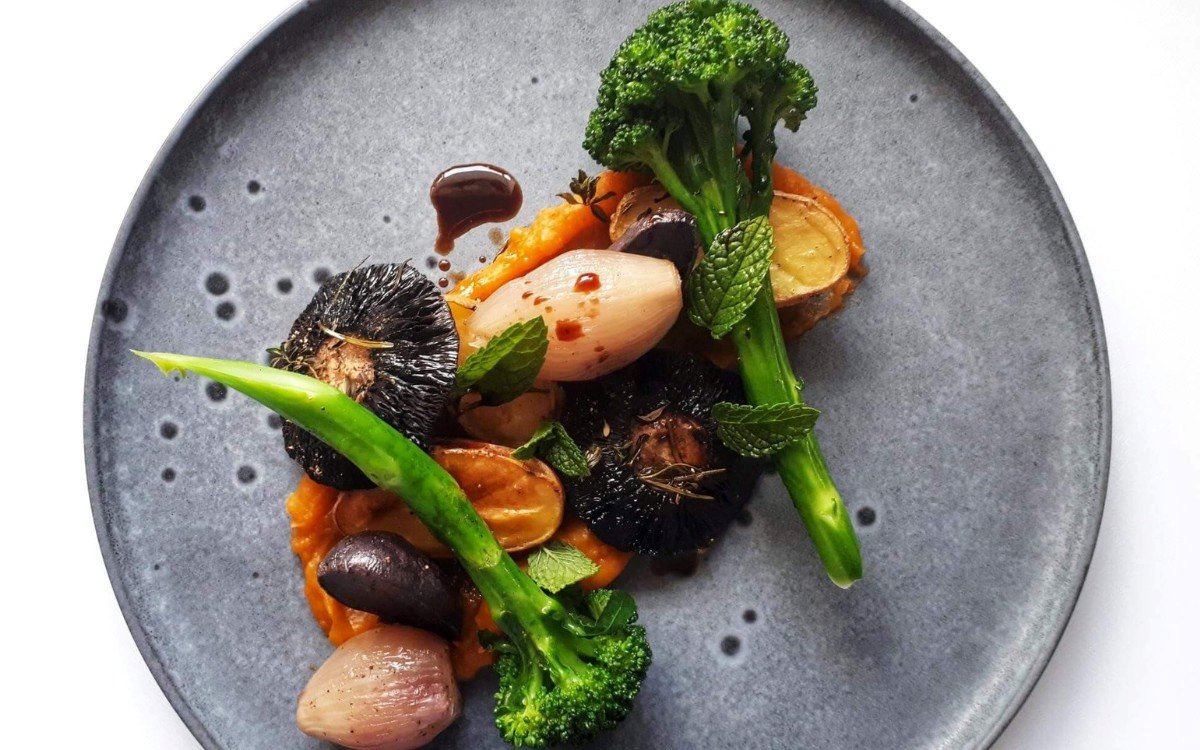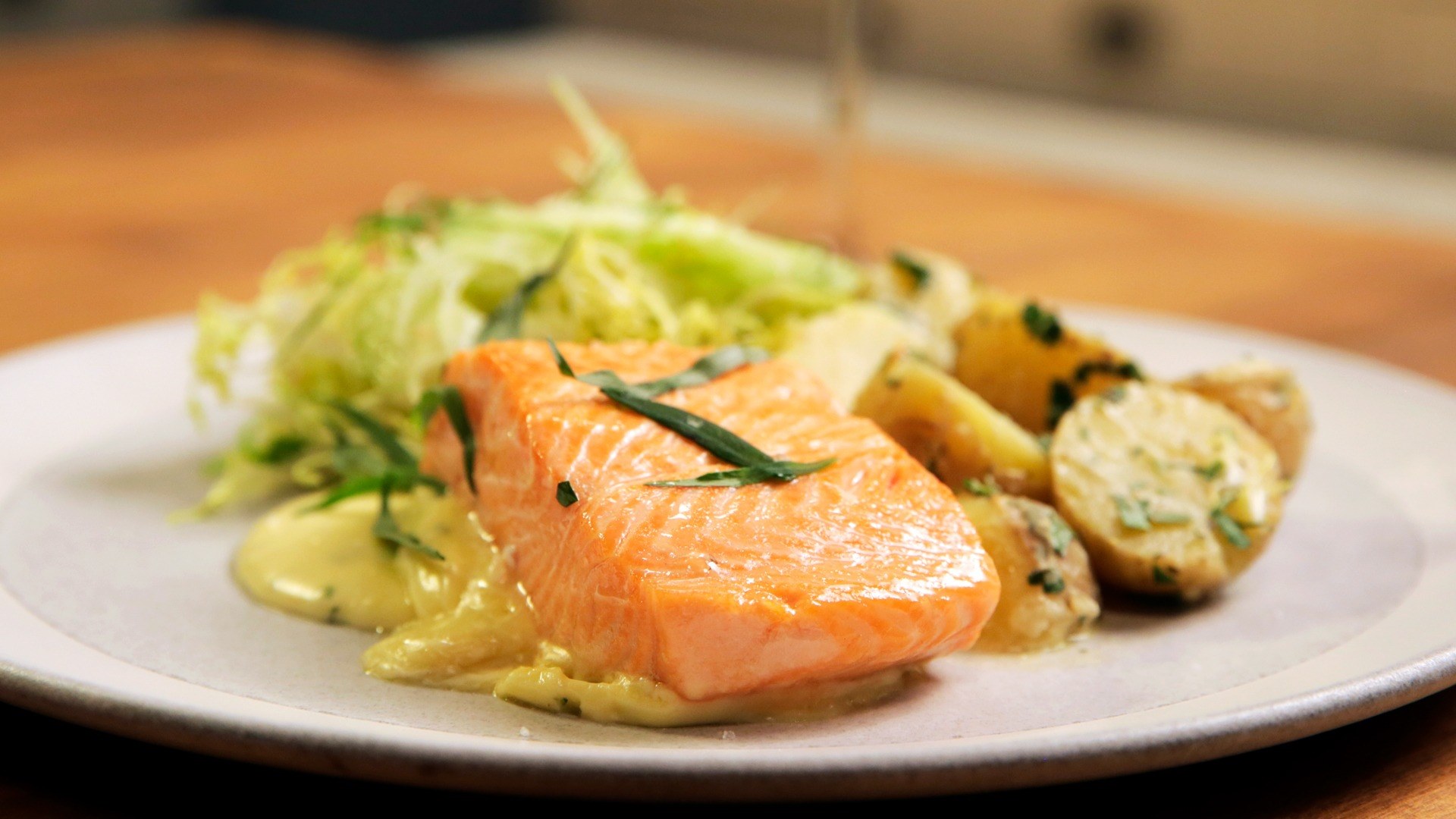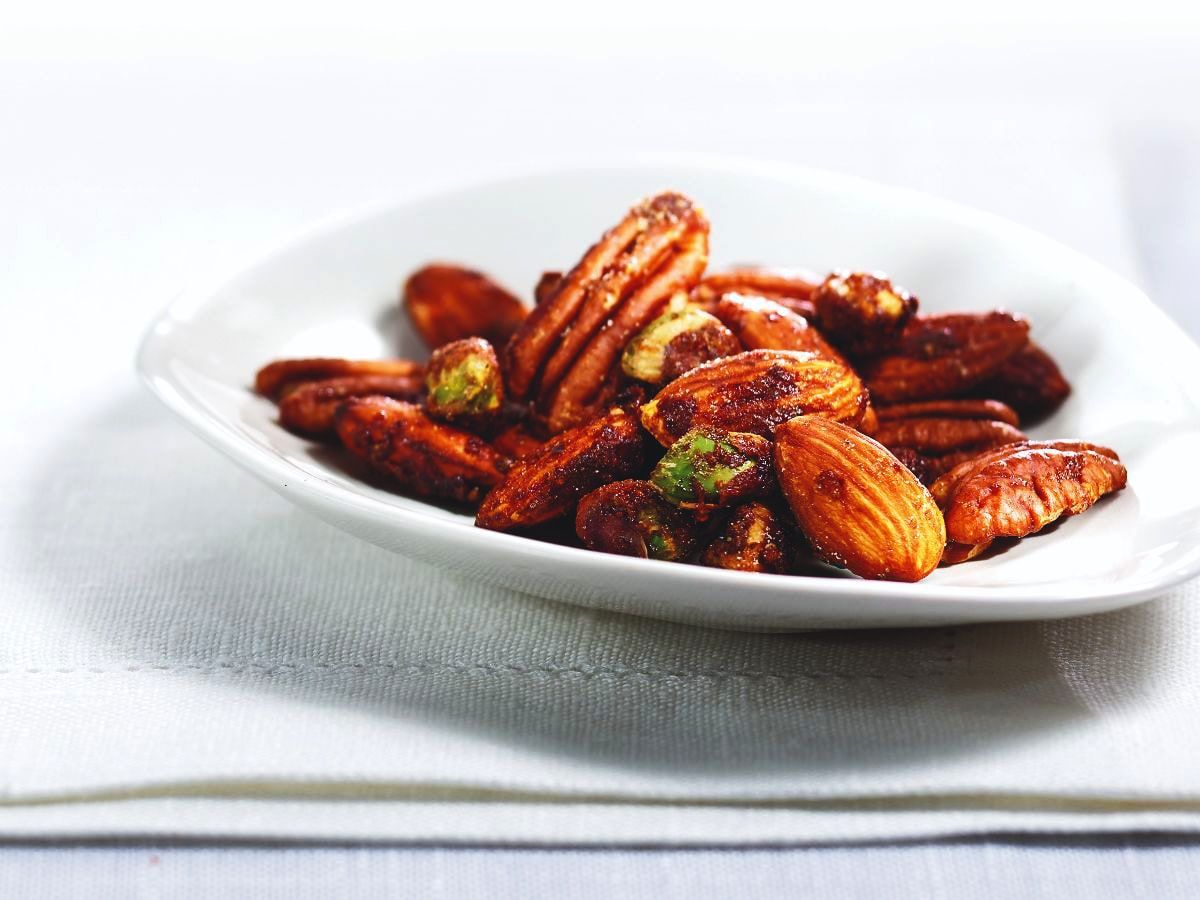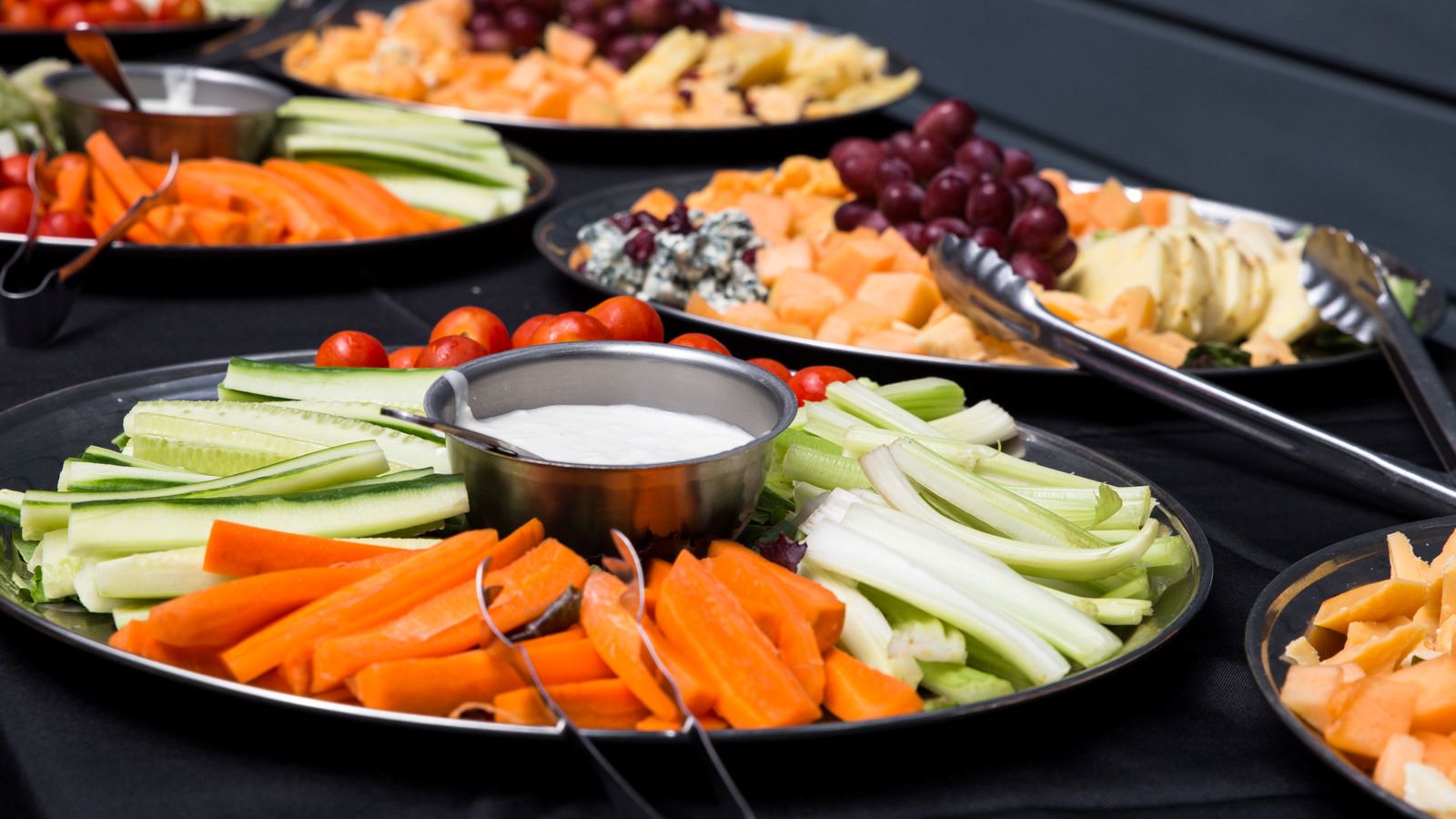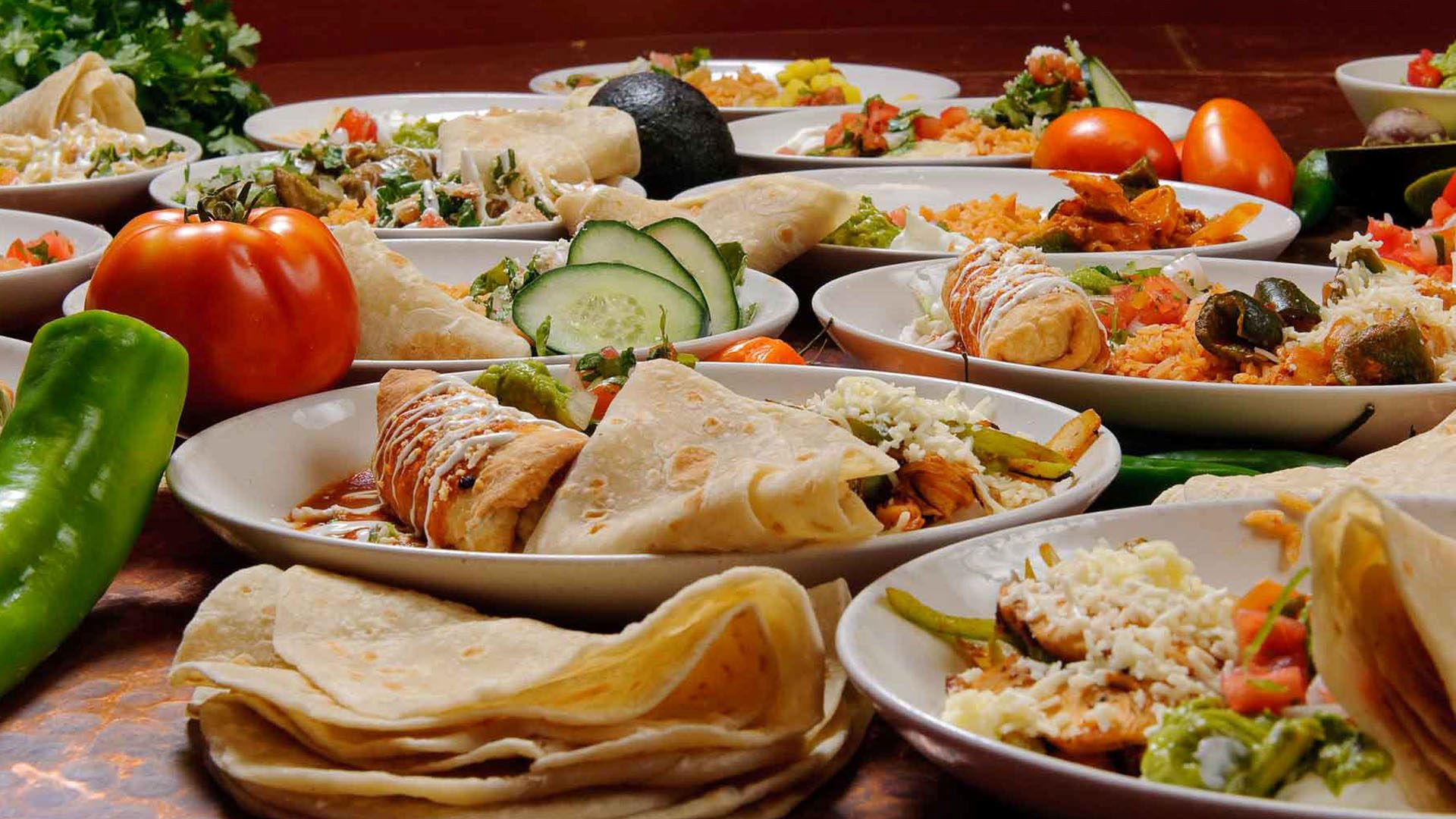What is Confit?
Confit is a French cooking technique that involves slow-cooking food in fat at low temperatures. This method is commonly used for preserving meats, but it can also be applied to other ingredients, such as fruits and vegetables. In this article, we will explore how to use the confit technique to create a delicious and luxurious dish: confit egg yolk.
Ingredients You’ll Need:
- Fresh eggs
- High-quality olive oil
- Salt
- Pepper
Step 1: Separating the Egg Yolks
Start by carefully separating the egg yolks from the whites. You can do this by cracking the egg and gently transferring the yolk back and forth between the two shell halves, allowing the whites to fall into a bowl below. Be sure to use fresh, high-quality eggs for the best results.
Step 2: Salting the Yolks
Once the yolks are separated, sprinkle them lightly with salt. The salt will help to draw out any excess moisture from the yolks, which is important for the confit process.
Step 3: Confitting the Yolks
Place the salted egg yolks in a small dish and cover them with high-quality olive oil. The oil should fully submerge the yolks. This will help to create a protective barrier and prevent the yolks from coming into contact with air during the cooking process.
Step 4: Slow Cooking
Preheat your oven to a low temperature, around 140°F (60°C). Once the oven is ready, place the dish of yolks and oil inside. Let them cook slowly for about 45-60 minutes. This gentle cooking process will result in creamy, luxurious confit egg yolks.
Step 5: Seasoning and Serving
Once the yolks are cooked, carefully remove them from the oil and place them on a paper towel to drain any excess oil. Season them with a pinch of pepper and serve them as a decadent topping for salads, pastas, or other dishes. The confit egg yolks can also be enjoyed on their own as a luxurious appetizer.
Benefits of Confit Egg Yolks
Confitting egg yolks not only creates a rich and indulgent flavor but also provides a unique texture that can elevate a variety of dishes. The slow cooking process results in a creamy, custard-like consistency that adds a touch of luxury to any meal.
So, the next time you want to impress your guests or simply treat yourself to something special, consider trying your hand at confit egg yolks. With just a few simple ingredients and a little bit of patience, you can create a truly extraordinary culinary experience.
Was this page helpful?
Read Next: How To Confit Fish
